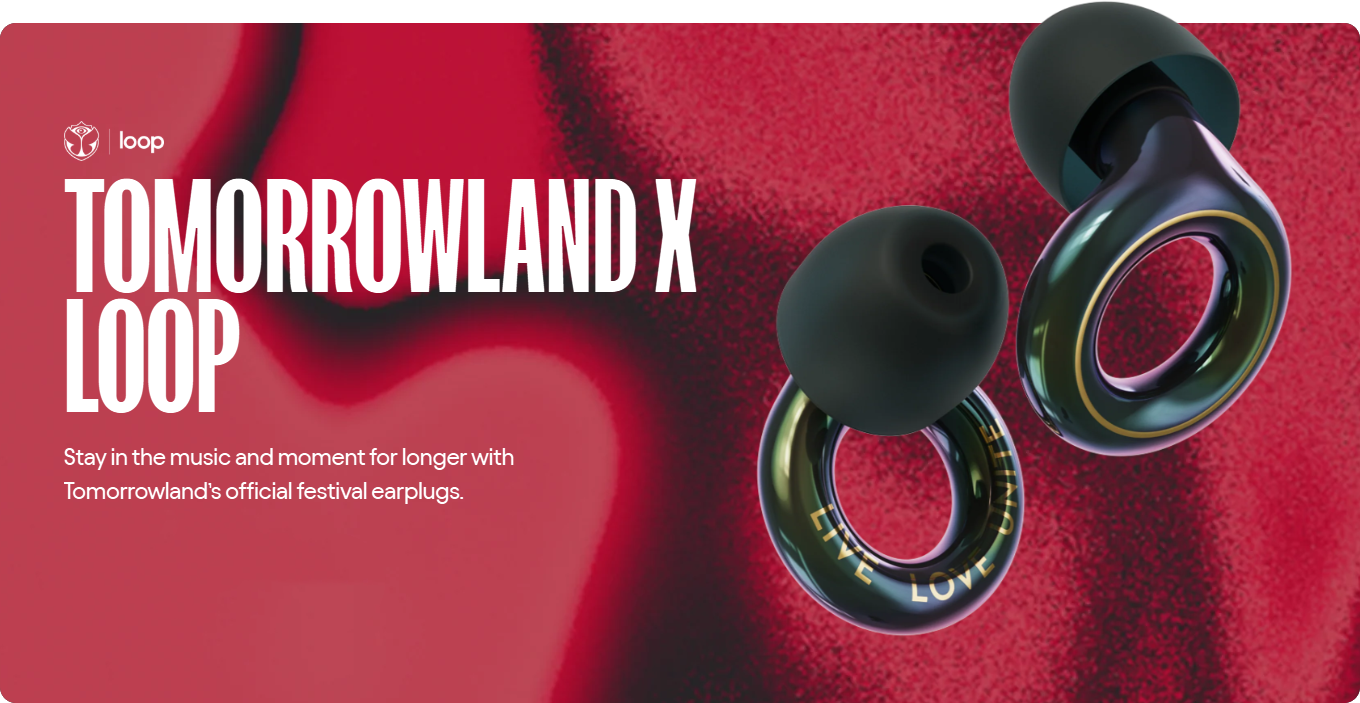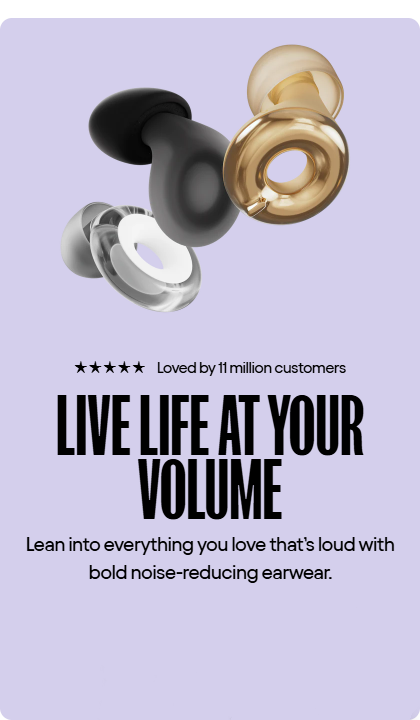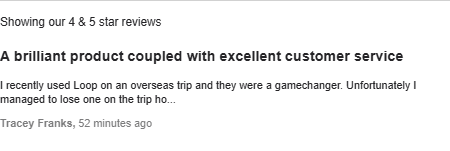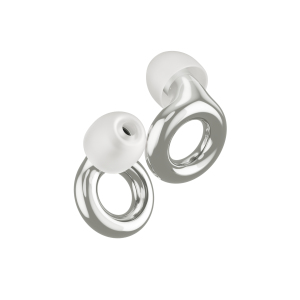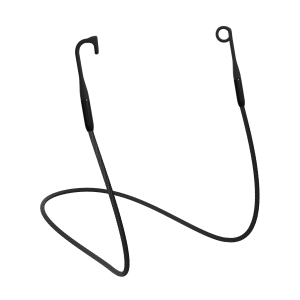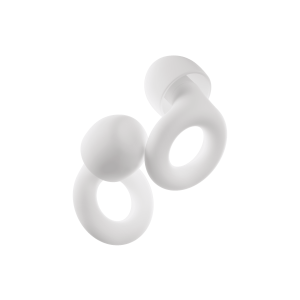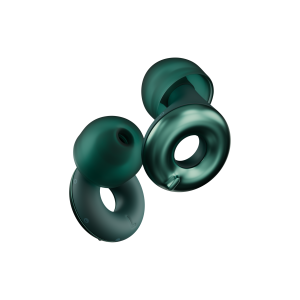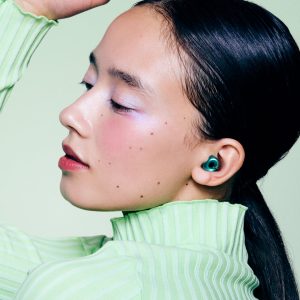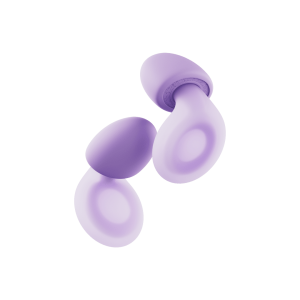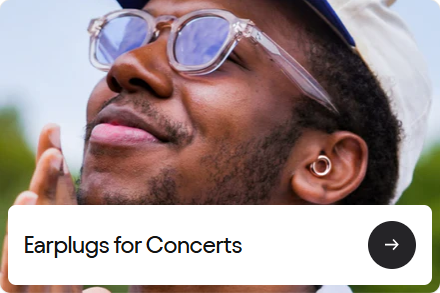What’s new?

Best-selling earplugs

Loop Dream™
Wake up fully recharged with ultra-comfy earplugs engineered for better sleep.

The Loop Archive: Open now
A limited release of heritage designs and sold-out icons. Join Loop Circle for access.

Trusted by experts. Backed by science.
Matt Walker, neuroscientist and global authority on sleep, on why earplugs are essential for better rest – and why Loop Dream is his top pick.
“Science shows that earplugs improve both the quantity and quality of sleep. They let you access deeper REM sleep – they’re a gamechanger. I’ve been using them for over a decade, and Loop Dream for a couple of months now. The foam-fit ear tips are especially critical for sleep.”
Join over 64OK Loop lovers
Learn more
Discover more ways to use Loop.
The Unsung Hero of Quiet: A Deep Dive into Earplugs
In our increasingly loud and connected world, finding a moment of genuine quiet can feel like a luxury. From the persistent drone of traffic and the clatter of a busy office to the low thrum of snoring next to you, noise pollution is a constant companion. Yet, there is a simple, unassuming tool that offers an immediate escape: the earplug. This humble device is far more than just a piece of foam or silicone; it is a gateway to tranquility, focus, and improved well-being.
The utility of earplugs spans across a surprisingly wide range of scenarios, each demanding a specific kind of protection or isolation. For those who live in noisy urban environments, a good pair of noise-reducing plugs can be a literal lifesaver for sleep. Deep, restorative sleep is often compromised by sudden disturbances—a barking animal, a late-night siren, or loud neighbors. By effectively dampening these intermittent sounds, earplugs help maintain the continuity of the sleep cycle, leading to better mood regulation, enhanced cognitive function, and a strengthened sense of physical renewal. The effectiveness here lies in the consistent attenuation of sound, allowing the brain to switch off the hyper-vigilance often triggered by a noisy surroundings.
Beyond the bedroom, earplugs are critical safety equipment. Exposure to loud noises, especially over extended periods, can cause permanent hearing impairment. Industries such as construction, manufacturing, and aviation have long recognized and mandated their use. However, the need for protection extends to recreational activities as well. Attending live music concerts, riding motorcycles, or even using power tools in a home workshop all expose ears to sound levels that can exceed safe limits (typically around 85 decibels). Specialty plugs designed for these environments are engineered to reduce the overall volume while maintaining clarity, meaning a musician or concert-goer can enjoy the performance without risking long-term damage. These advanced designs often incorporate acoustic filters to provide a balanced sound reduction, unlike basic foam plugs that simply muffle everything.
The modern market offers a fascinating array of materials and designs, moving far beyond the basic, brightly-colored foam cylinders. There are custom-molded silicone plugs, which provide the most effective and comfortable seal, conforming precisely to the individual ear canal. These are particularly popular among swimmers to prevent water from entering the ear—a common issue that can lead to irritation. Furthermore, some high-fidelity varieties are built with sophisticated internal channels that selectively filter sound frequencies. This makes them ideal for students needing deep focus in a bustling library or shared workspace, as they can block out distracting chatter while still allowing the user to hear necessary alarms or close conversation if needed. The choice of material—from soft, porous foam that expands to fill the canal to rigid, hypoallergenic polymers—is key to both comfort and the level of sound attenuation desired.
Moreover, the psychological benefits of choosing quiet are significant. In a world full of notifications and mandatory attention, the simple act of putting in earplugs is a deliberate choice to set boundaries. It is a form of self-care that promotes mindfulness and reduces sensory overload. For individuals sensitive to high levels of stimulation, this small gesture can dramatically lower stress and anxiety. It offers a private, portable sanctuary, enabling deeper concentration on demanding tasks, meditation, or simply enjoying the luxury of one’s own thoughts. Ultimately, the earplug is a subtle yet powerful tool for reclaiming personal space and quiet in a loud world, proving that the most effective solutions are often the simplest ones.


